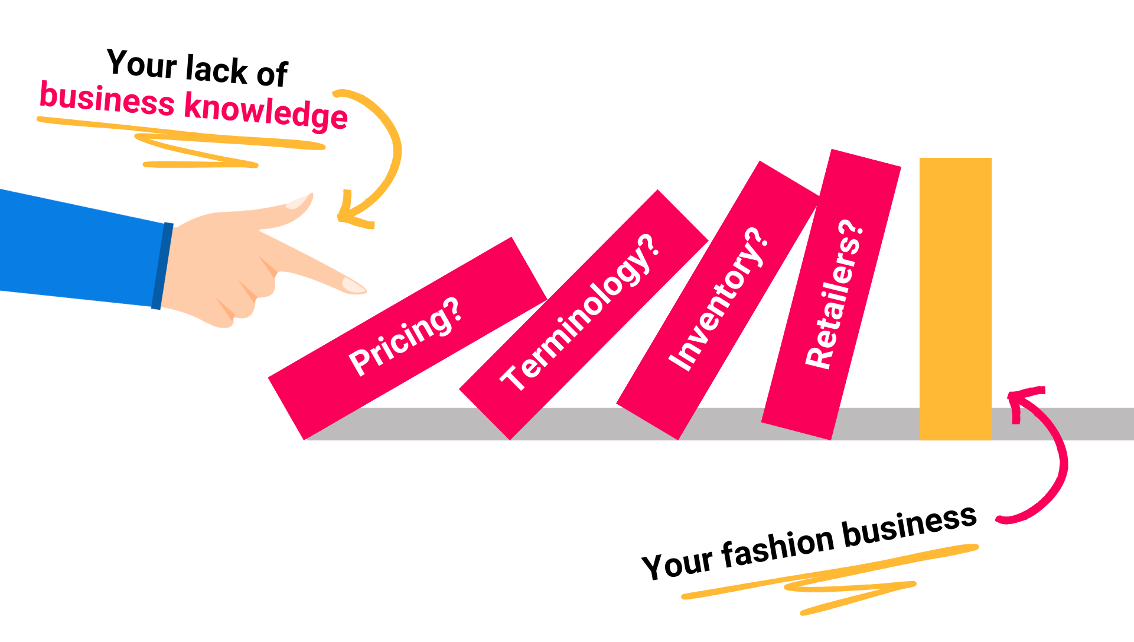|
This is a guest post by Cathy Wagner of Retail Mavens. Last week I discussed findings that were released in the American Express Global Customer Service Barometer, a survey conducted in the U.S. and eleven other countries exploring attitudes and preferences toward customer service. Perhaps the most significant revelation of this survey is that customers are willing to pay more, up to 9% more, to ensure that they obtain superiorcustomercare. What’s more, the survey revealed that customer service strongly impacts the consumer’s future spending decisions. Not surprisingly, 81% of customers are very likely to repeat business after receiving positive service. Equally as important, 52% of consumers said that theywould notpatronize a business after a negative experience. Clearly, wonderful service keeps them coming back for more! I was AMAZED by the other side of these facts because they mean that:
Wow. I know how hard we all work to do everything right the first time. But it is great to know thatif you make a mistake and screw up – you get a second chance.Customers will extend grace to you. The study went on to say that companies who get it wrong should realize that there is a cost though. Beyond resolving the problem, customers expect something in return. There are 2 things that most customers (70%) want when they have had a bad experience. The first is an apology. This is imperative to making a bad situation good. People want someone to look them in the eye, accept responsibility for the mistake and say, “I am sorry.” It doesn’t matter if it WASN’T THEIR FAULT. It isn’t about you or your employee. It is about the customer. A customer wants to be acknowledged for their negative experience – and that they shouldn’t have had to experience it. Isn’t that what every human wants? Customers also want some form of reimbursement. When combined with a genuine heartfelt apology, it will cost you much less than you think. Knowing that someone sees, understands and acknowledges your pain really helps to alleviate that pain. The main point is that the focus is on the customer and their feelings. It does not matter how insignificant the situation may appear to be to you. It does not matter if it wasn’t your fault. It does not matter if the entire situation happened because a vendor screwed up. It only matters that the customer is upset and you have an opportunity to look like a hero now. And they will tell their friends about how great this experience turned out. Let’s get this knowledge into the hands of more retailers. Please post and Tweet about this week’s article: I wanted to discuss this topic because you will have to deal with at least ONE UNHAPPY CUSTOMER in your retail career. It is best to prepare and train for it before it happens. Take the following steps to make sure that you have handled this well in advance.
Cathy Donovan Wagner, The Retail Maven, is the founder of Retail Mavens and works with specialty, independent store owners to help them explode their profit, get better results, have more fun and get better sleep. To get your F.R.E.E. Audio CD “The 3 retail secrets to increasing retail sales and profits in the next 30 days” by mail and receive her weekly ezine filled with easy, effective and creative strategies to get more profit, more sales, more income & have more freedom in your retail business, visitwww.RETAILMavens.com. If you like this post, you may also enjoy Jane’s article about handling criticism. find it here: https://fashionbrainacademy.com/blog/how-to-handle-criticism-tips-for-entrepreneurs/ |
|
|
|






2 Responses
In this crowded market place, I guess we could firstly appreciate the fact that the customer chose to shop with us and she should be rewarded for doing so in any case. Also if we could acknowledge the fact, that most folks will complain only if given a valid reason to do so. Hence if we did end up making some one angry enough to complain then the instant reaction should be apologetic. The second should be to redress and third to follow up that the first two actions were good enough to ensure her return to your brand. “Service with a smile gets returns” this needs to be our mantra for selling. I read somewhere a long time ago.. the best new customer is your old customer!
I like that. “The best new customer is your old customer”. Thanks! Jane